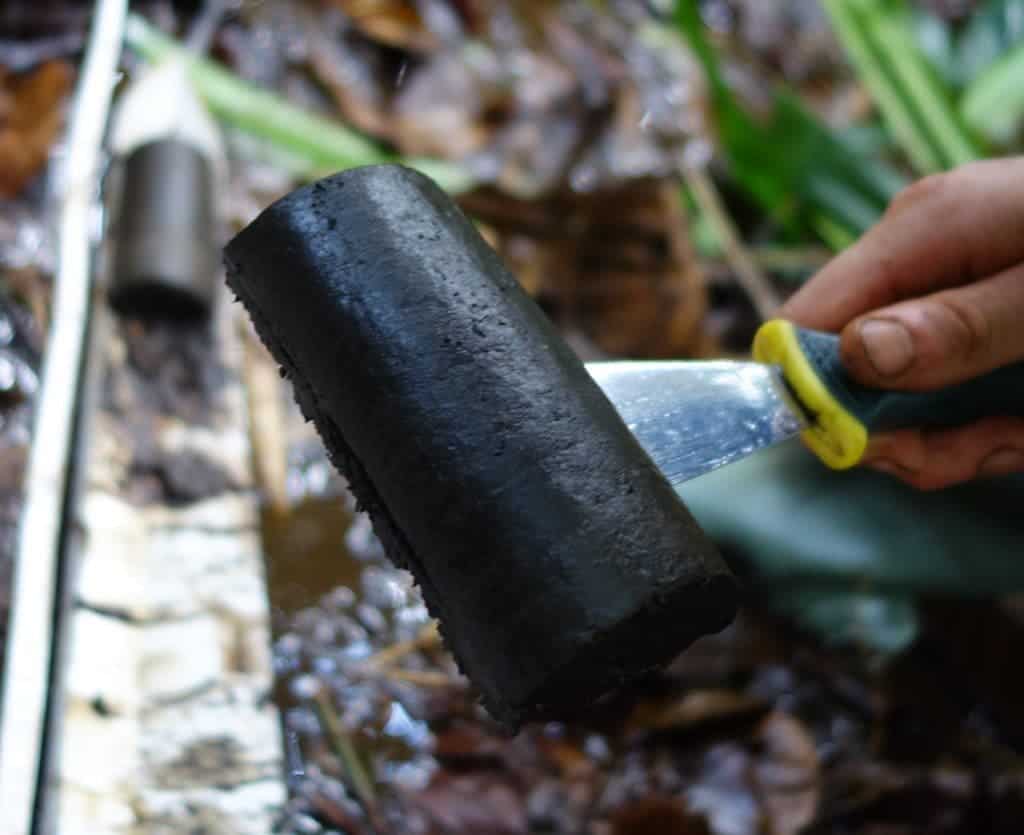
In the middle of the Congo Basin where some of the world’s largest tropical rainforests can be found, scientists identified and mapped huge swamps that may contain 30 billion tonnes of carbon. That’s equivalent to nearly 20 years of carbon emissions from the United States, underscoring why the area needs to be secured and protected.
Named the Cuvette Centrale, these peatlands represent one of Earth’s most carbon-rich places. They were first discovered five years ago by a joint UK-Congolese research group but the findings of the team’s work have only been recently published in the journal Nature.
Cuvette Centrale covers 145,500 square kilometers — an area larger than England.

“Our research shows that the peat in the central Congo Basin covers a colossal amount of land. It is 16 times larger than the previous estimate and is the single largest peatland complex found anywhere in the tropics. We have also found 30 billion tonnes of carbon that nobody knew existed. The peat covers only 4 per cent of the whole Congo Basin, but stores the same amount of carbon belowground as that stored above ground in the trees covering the other 96 per cent,” Professor Simon Lewis from the University of Leeds, UK, said in a statement.
“These peatlands hold nearly 30 per cent of the world’s tropical peatland carbon, that’s about 20 years of the fossil fuel emissions of the United States of America.”
It’s simply astonishing that discoveries such as these can still be made in this day and age. Despite thousands of satellites, everyone missed one of the largest peat deposits in the world. Granted, it’s not like it was hiding in plain sight. It took years of surveys and many painstaking miles on foot through the African tropical forests.
The newly discovered peat stockpile places the Democratic Republic of Congo and the neighboring Republic of Congo as the second and third, respectively, most important countries in the world in terms of tropical peat carbon deposits. The African countries’ ecosystems and forests were already very valuable from a conservation standpoint but in light of these recent findings it’s vital we see that the area is protected. We have Indonesia to look for as a counter example. Combined, its islands of Borneo, Sumatra, and New Guinea hold the most tropical peat carbon. Over recent decades, Indonesia lost 94,000 square kilometers of peatland to forest fires and agricultural use. Releasing Cuvette Centrale carbon into the atmosphere would imply an environmental catastrophe.
“It is of the utmost importance that governments, conservation and scientific communities work with the people of the Cuvette Centrale to improve local livelihoods without compromising the integrity of this globally significant region of Earth,” said study co-author Dr Ifo Suspense, from the Université Marien Ngouabi in the RoC capital Brazzaville.






